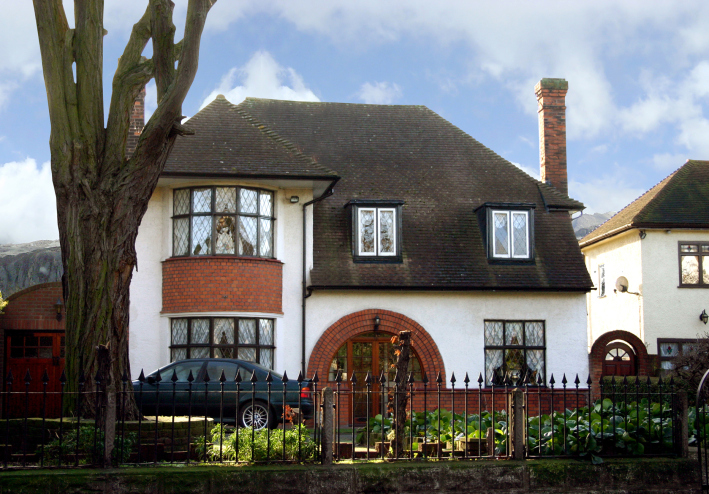The prime housing markets of London were slowed down by higher taxes and uncertainty ahead of the General Election in the first quarter of 2015, the latest research from real estate adviser Savills revealed.
 There was a marginal price fall in the first three months of this year, following an average 2.6 per cent price adjustment in the final quarter of 2014.
There was a marginal price fall in the first three months of this year, following an average 2.6 per cent price adjustment in the final quarter of 2014.
This was triggered by the stamp duty reform announced in December’s Autumn Statement, and means that the 12-month rolling prime London average has slipped into negative territory, Savills said.
The prime central London housing markets have been most affected by increased stamp duty charges and values are down 4.3 per cent year on year, a reflection of the fact that the more valuable markets have borne the brunt of increased stamp duty charges. By contrast, the markets of Islington, Wapping and Canary Wharf continue to show positive annual growth, despite an easing in values in the past six months.
As we forecast in November, uncertainty regarding the general election and the potential for further taxation of high value property have contributed to a subdued market in the first part of 2015.
“The stamp duty changes came after five and a half years of sustained price growth for prime London property . This segment of the market is now looking fully taxed and sellers are having to factor in price adjustments equivalent to the stamp duty increase,” Lucian Cook, head of UK residential research at Savills, says.
By contrast, the softening in the London markets has corresponded with a pick up in the number of Londoners circling the country market. Prices of homes below the £2 million threshold in the prime regional markets beyond London continue to show year on year price growth, and rose by 1.1 per cent in the first quarter of the year. However, the market is still constrained by pre election caution.
“While we believe the fundamentals of demand and supply remain sound, the short term outlook for the prime property market is heavily dependent on the extent to which the election brings political certainty and whether the sector is subject to further taxation. Certainty will allow buyers and sellers alike to take account of the impact of any fiscal change,” Cook adds.
| Q1 2015 |
Prime Central London |
Prime North West London |
Prime South West London |
Prime North London |
Prime East of City |
All Prime London |
| Q on Q |
-1.1% |
-0.6% |
-0.2% |
-0.8% |
-1.5% |
-0.5% |
| Y on Y |
-4.3% |
1.8% |
-2.6% |
6.2% |
4.0% |
-1.6% |
| 5 Year |
30.8% |
30.7% |
38.1% |
45.6% |
41.6% |
36.6% |
| Since Peak |
33.6% |
28.4% |
33.7% |
42.3% |
33.6% |
34.3% |







